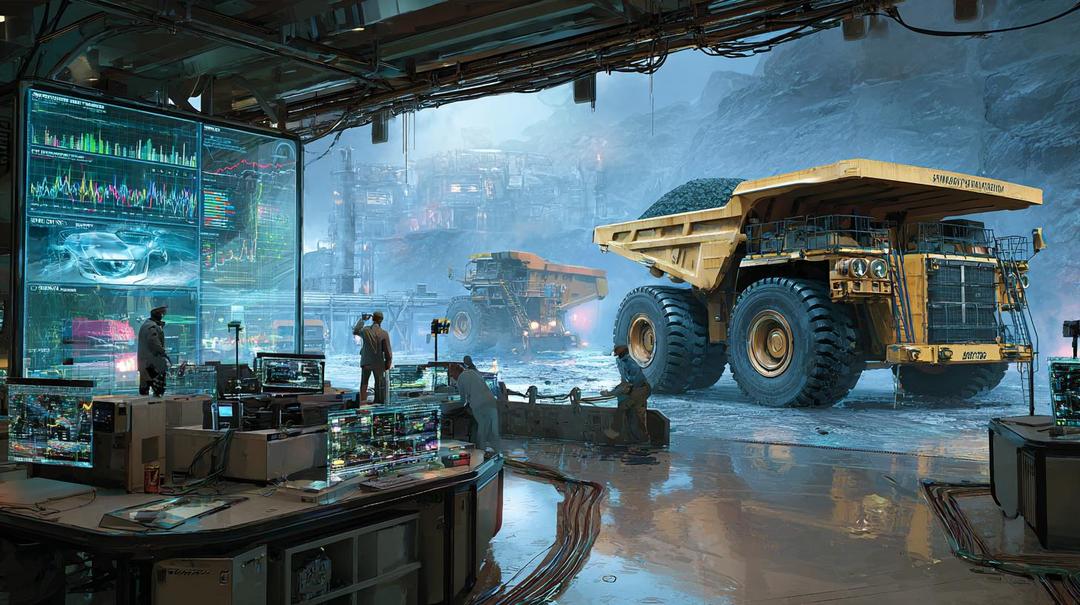Neodymium may not be a household name, but it’s quietly shaping the future of electric vehicles, wind turbines, and next-gen tech. Here’s a fun fact: without neodymium magnets, your EV motor might just be a really expensive paperweight.
With its strategic role in clean energy technologies, demand for neodymium is skyrocketing—and so are market uncertainties. Investors, analysts, and procurement professionals are now asking a crucial question: Where are neodymium prices heading in 2025?
Let’s dive in.
What's Inside
What’s the Neodymium Price Forecast for 2025?
Market analysts are projecting a complex pricing landscape for neodymium in 2025, with significant variations depending on multiple economic and technological factors. Current forecasts suggest a price range between $80 to $120 per kilogram, reflecting the volatile nature of rare earth markets.
Short-Term Price Expectations
Preliminary Q3-Q4 2024 projections indicate potential price stabilization, with most commodity research firms expecting moderate growth. Roskill Intelligence suggests a gradual increase driven by expanding green technology demand, particularly in electric vehicle and wind turbine manufacturing.
Historical Neodymium Price Trends & Market Volatility
The past decade has been characterized by dramatic price fluctuations, with the most significant event being China’s 2011 rare earth export restrictions. These restrictions caused neodymium prices to spike nearly 2,000%, demonstrating the market’s extreme sensitivity to geopolitical dynamics.
Comparative Market Performance
When compared to other rare earth elements like praseodymium and dysprosium, neodymium has shown more consistent pricing patterns. However, it remains highly susceptible to global supply chain disruptions and technological shifts.
Critical Supply Factors Impacting Neodymium Prices
China continues to dominate global neodymium production, controlling approximately 80% of the market. Australia and Myanmar represent the next most significant production centers, with emerging mining projects potentially disrupting this concentration.
Global Production Landscape
Recent exploration efforts in Australia and potential new mining developments in Canada could incrementally challenge China’s market dominance. These projects aim to diversify the global rare earth supply chain and reduce geopolitical risks.
Demand Forecast: EVs, Wind Power & Green Tech Revolution
The electrification of transportation and renewable energy sectors represent the most significant demand drivers for neodymium. Electric vehicle manufacturers like Tesla and BYD are rapidly expanding their neodymium-iron-boron (NdFeB) magnet usage in powertrains.
Sector-Specific Demand Growth
Wind turbine manufacturers, particularly European and Asian companies, are projected to increase neodymium-based permanent magnet generator installations. The offshore wind sector shows particularly promising growth potential, with expected annual demand increases of 15-20%.
Geopolitical and Regulatory Risks to Watch in 2025
Trade tensions between the United States and China remain a critical factor in rare earth market dynamics. Western governments are actively developing strategies to diversify rare earth supply chains, with the European Union and United States implementing critical minerals strategies to reduce dependency on Chinese exports.
Environmental Regulation Impact
Increasing environmental regulations in China could potentially constrain rare earth production, creating supply uncertainties and potential price volatility.
Analyst Insights & Expert Commentary
Commodity research firms like CRU Group and Benchmark Mineral Intelligence consistently emphasize the strategic importance of neodymium in emerging technologies. Major investment banks, including Goldman Sachs, predict continued market growth driven by green technology expansion.
Strategic Takeaways for Investors and Supply Chain Professionals
Recommended strategies include:
- Developing long-term supply contracts
- Exploring diversified rare earth ETF investments
- Monitoring technological advancements in recycling and alternative magnet technologies
- Maintaining flexible procurement approaches to manage price volatility
Conclusion
Neodymium’s future is tightly wound with the world’s transition to clean energy and geopolitical undercurrents. In 2025, all indicators point toward continued demand growth, but persistent supply risks and price volatility will keep market participants on edge.
From mining bottlenecks in China and Myanmar to growing demand from EV manufacturers, neodymium remains both a strategic necessity and a market wildcard. For commodity investors, supply chain managers, and energy futurists alike, staying ahead of these trends is not just a strategy—it’s a mandate.
Want to stay updated on rare earth markets? Subscribe to our newsletter or download our latest Rare Earths Investment Outlook.
FAQs
What is neodymium used for?
Neodymium is a rare earth element used primarily in high-strength permanent magnets (NdFeB) critical for electric vehicle motors, wind turbines, audio equipment, and advanced electronics.
Why are neodymium prices so volatile?
Prices are influenced by geopolitical risk, concentrated global supply (especially from China), limited recycling infrastructure, demand surges from EVs, and sudden shifts in export policy.
What’s driving the demand for neodymium?
Demand is largely driven by the rapid adoption of EVs, renewable energy (especially offshore wind), and strategic sectors such as defense, robotics, and automation.
How does China affect neodymium pricing?
China controls over 80% of global rare earth supply, making its export quotas, environmental regulations, and trade relations significantly impactful on global prices.
Are there alternatives to neodymium-based magnets?
While some R&D efforts are exploring alternatives like ferrite or samarium cobalt magnets, neodymium offers the best strength-to-weight ratio for modern electric motors, making it currently irreplaceable for most applications.


Dustin
Driven by a fascination with rare earth elements and their role in powering modern tech and engineering marvels. A true car and tech enthusiast, he loves exploring how these hidden heroes fuel our most exciting innovations.
You Might Also Like…